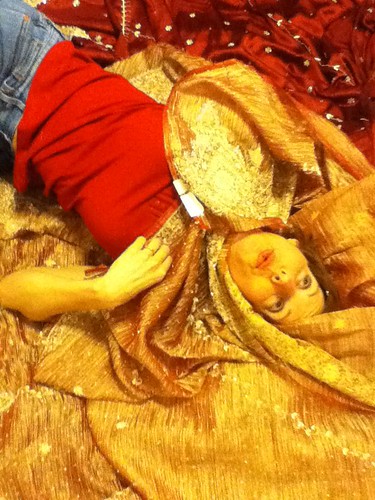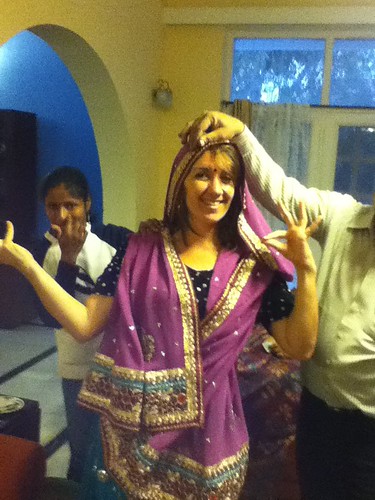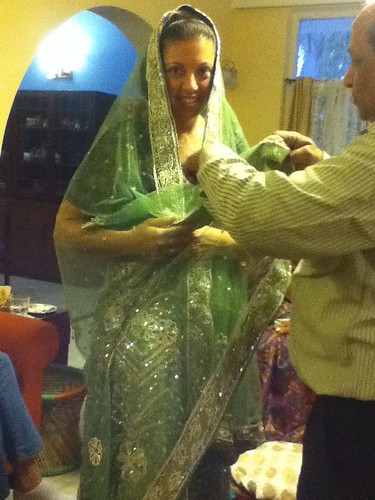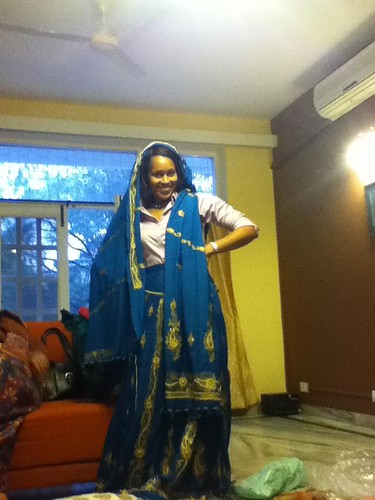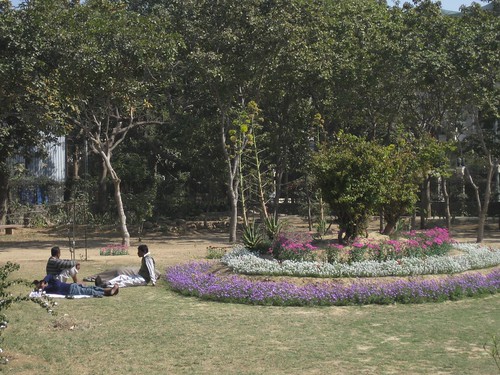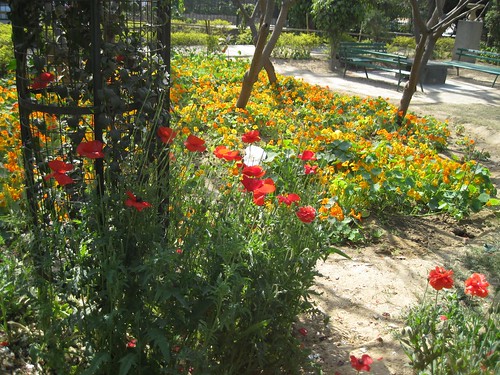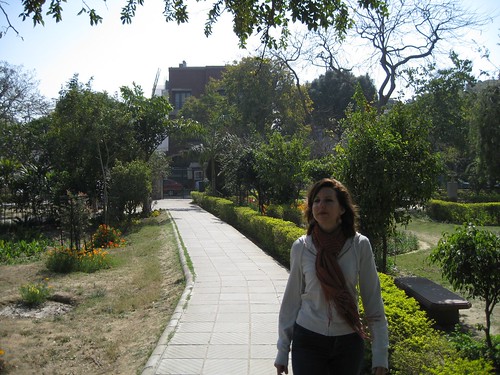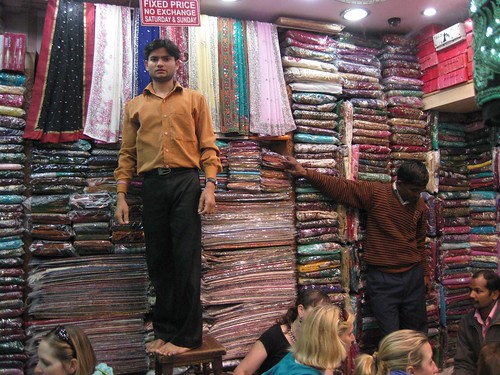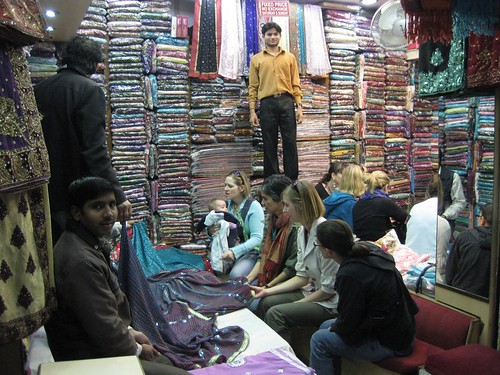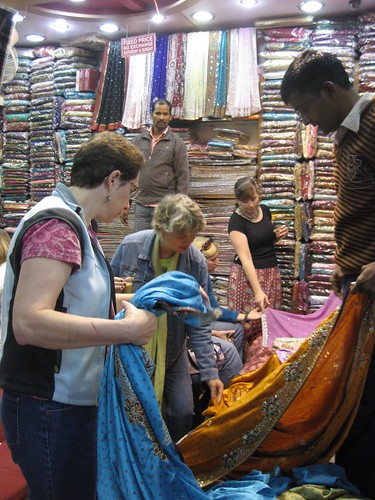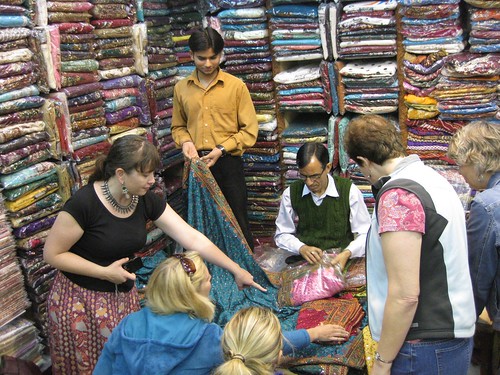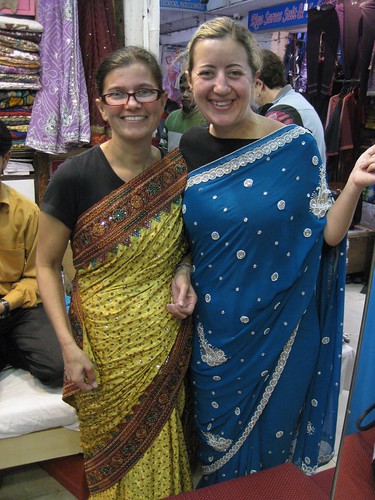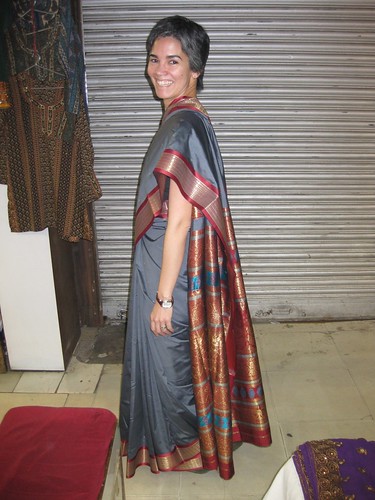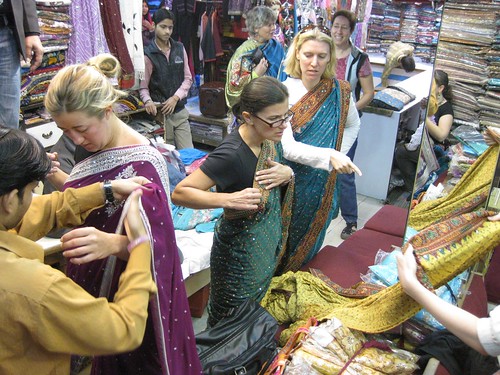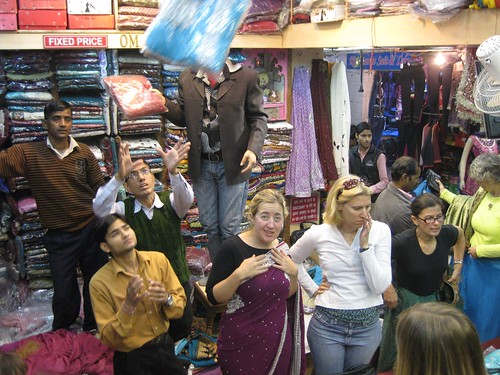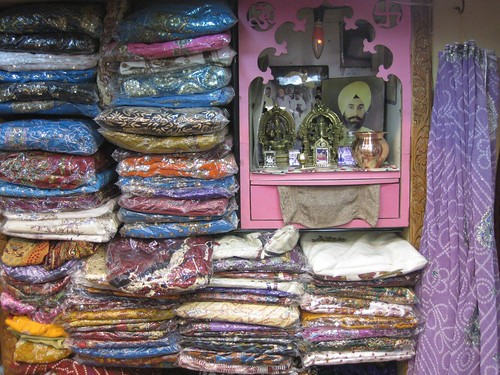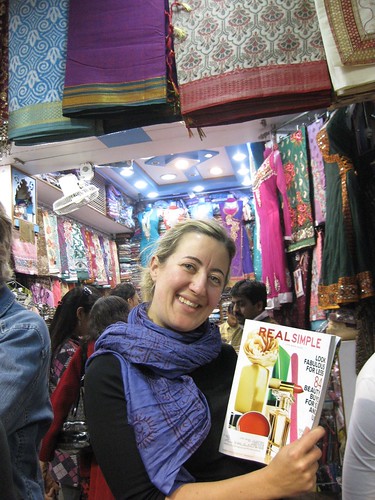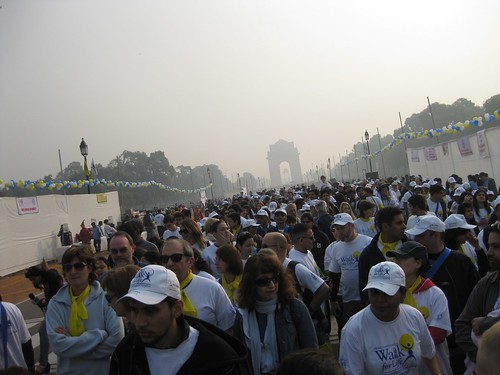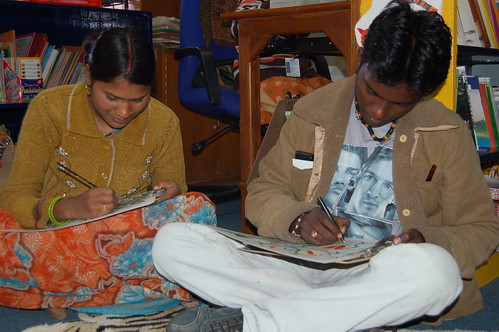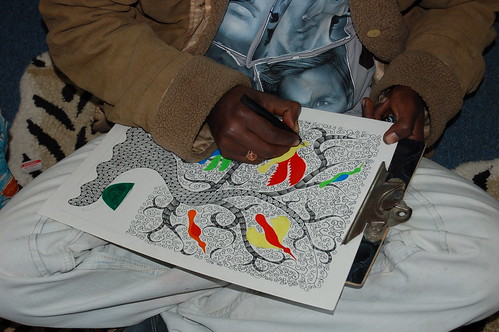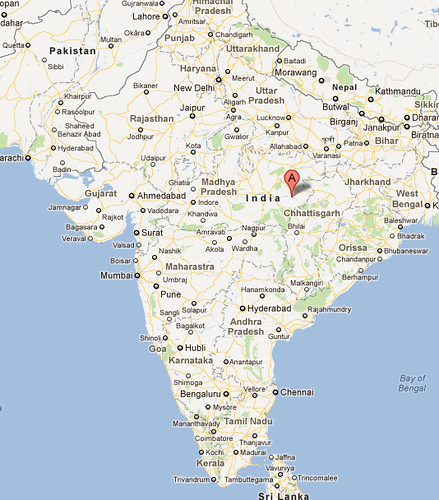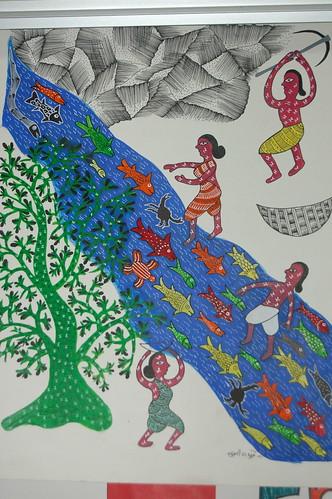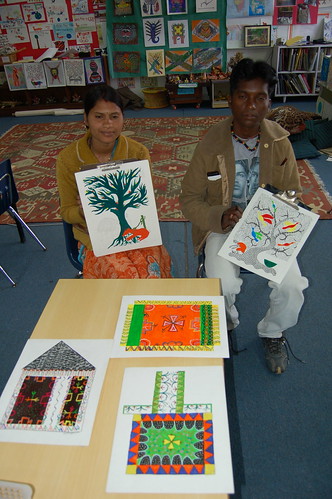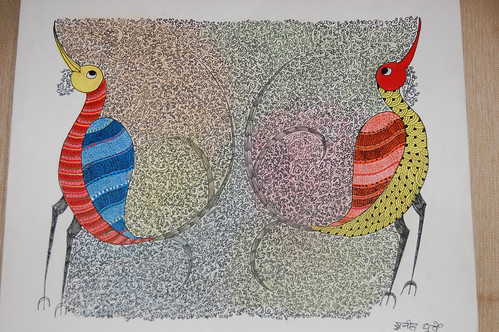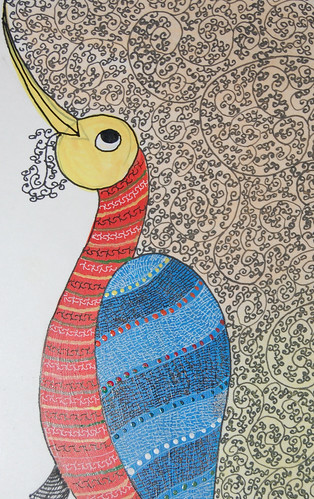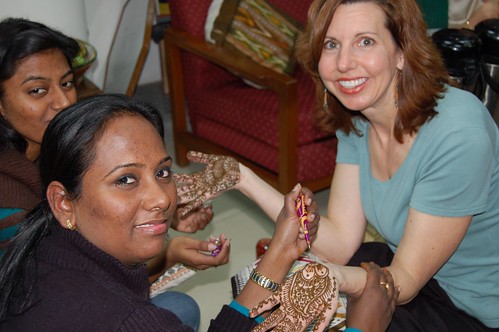When we first moved to New Delhi, someone mentioned a biodiversity park near our house. Tony and I wandered over to the park entrance to check it out, but the seedy-looking men hanging around the gate deterred us. Picturing a big open area with scrubby bushes and sleeping vagrants, we figured we weren’t missing much.
Last week, the subject came up again. Another neighborhood resident insisted it was a nice place to walk and escape from city smells and sounds. Saturday morning, Tony and I gave it another shot. This time, we strolled boldly past the seedy crowd (who actually look normal to us now) and found a single path that wound through real nature for about 2.5 kilometers. With the New Delhi airport a stone’s throw away, planes roared overhead, but otherwise the park proved to be a genuine oasis literally in our backyard!
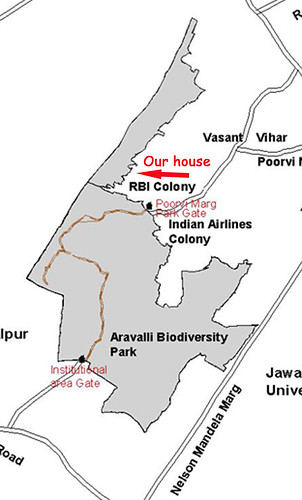
According to the Biodiversity Parks website, Aravalli Biodiversity Park – or ABP, as we locals call it – comprises 692 acres on the South-Central Ridge of the Aravalli Mountain Range. Its undulating landscape resulted from years of pit mining, which left deep valleys, ridges and hillocks. Conservationists are re-introducing indigenous plants, developing a deciduous forest, and removing invasive trees introduced during the British Raj. The park features a “fernary” with Aravalli ferns (including a few threatened species), an “orchidarium” with about 70 orchid species, a butterfly garden with up to 40 species, 150 acres of grasslands and woodlands, a conservatory for native medicinal plants and a rich wetland ecosystem.
Teeming with wildlife, the park attracts birders and other nature enthusiasts. Excited about our new discovery, Tony went for a run here on Sunday and saw about 50 peacocks!
Environmental consciousness is difficult to foster in a developing country with such glaring poverty. How can you keep people from chopping down trees for cooking fires? How can you stop the killing of wild animals when people are starving? How can you justify spending thousands of dollars to plant flowers when the park backs up to a slum? So often, municipalities take action that provides a short-term solution to escalating problems. I feel optimistic that Delhi has acknowledged the long-term value of protecting and nurturing its green spaces. For Tony and me, the park has already taken our quality of life up a notch. I hope it will do the same for generations of Delhiwallas.

